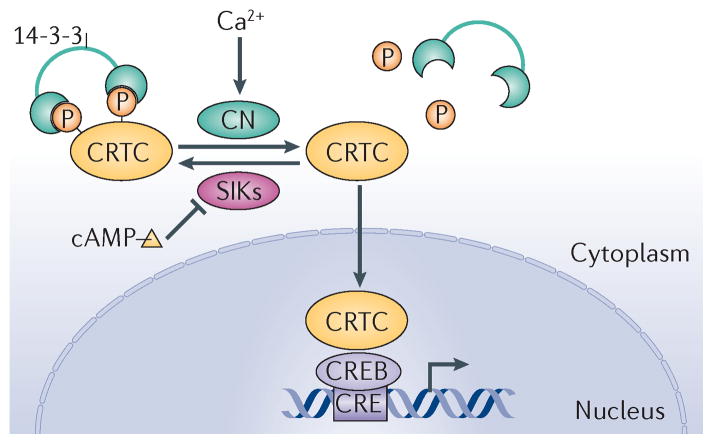Figure 3. crTc nuclear shuttling is regulated by phosphorylation.
Cyclic AMP and calcium signals regulate cAMP-responsive element (CRE)-binding protein (CREB) target genes by stimulating the nuclear translocation of cAMP-regulated transcriptional co-activators (CRTCs). Under basal conditions, CRTCs are phosphorylated and sequestered in the cytoplasm through interactions with 14-3-3 proteins. cAMP and calcium signals promote CRTC dephosphorylation through inhibition of the salt-inducible kinases (SIKs), which phosphorylate CRTCs, and through induction of the CRTC phosphatase calcineurin (CN), respectively. Dephosphorylated CRTC translocates to the nucleus where it binds to CREB and stimulates its activity. Image is modified, with permission, from REF. 57 © (2004) Elsevier.

